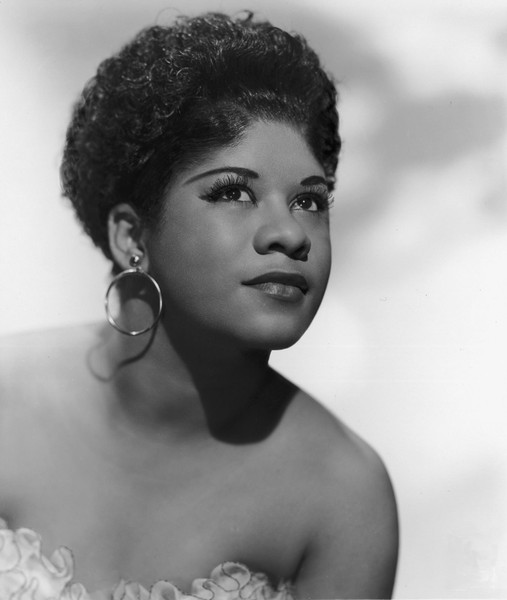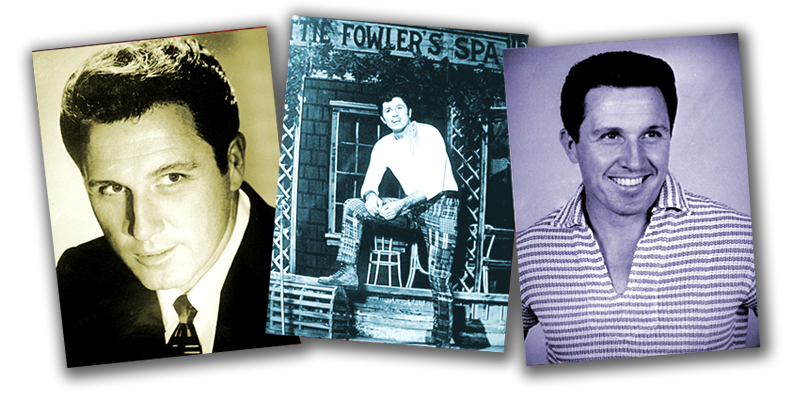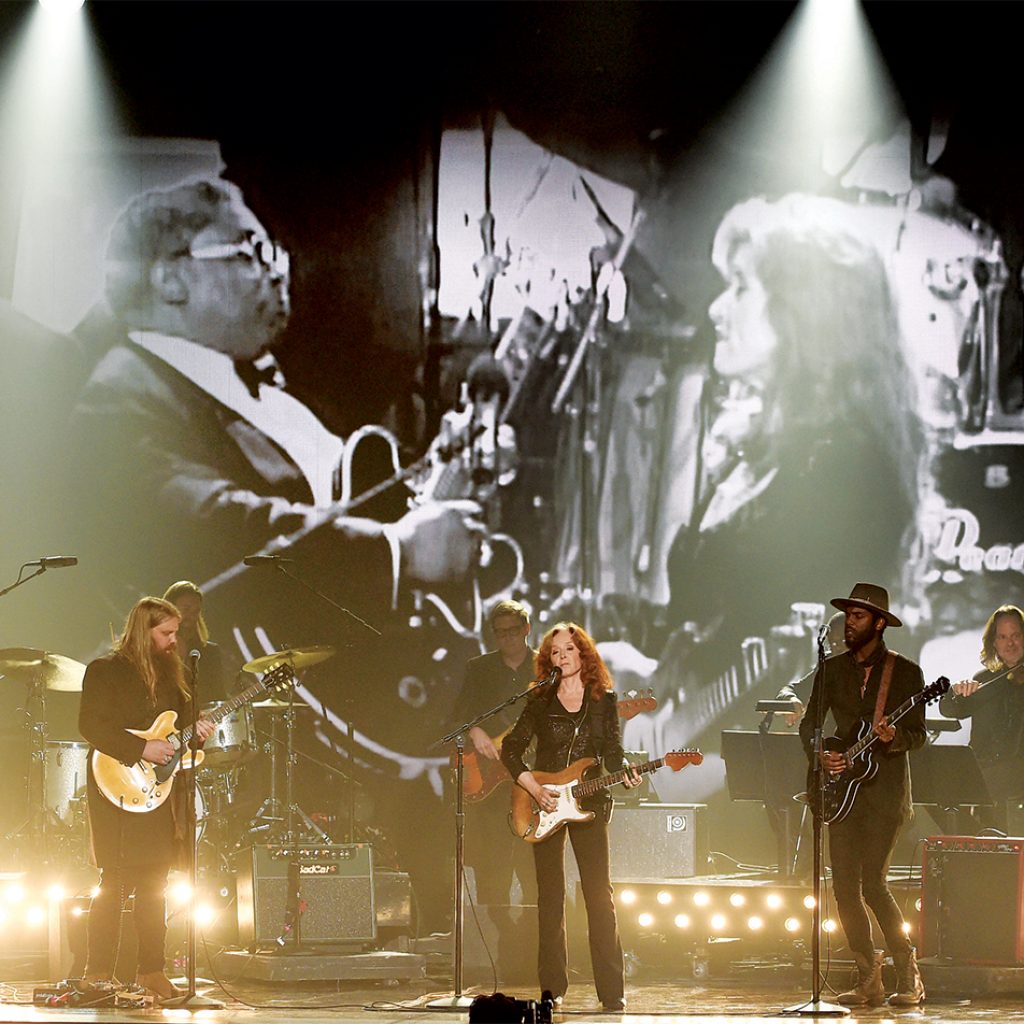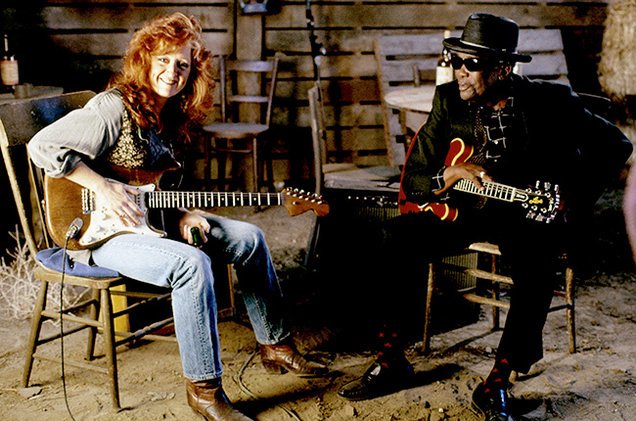
Ruth Brown, the Portsmouth native who became a pioneering singer known as “the mother of R&B,” died Friday. She was 78.
“We’ve lost another pearl,” her cousin, Mae Breckenridge-Haywood of Portsmouth, said late Friday. “I do feel such a loss.”
Brown had been on life support since Oct. 29 after suffering a heart attack and stroke, said her longtime friend and lawyer Howell Begle. She died at a hospital in Henderson, Nev., near Las Vegas, where she lived with family.
”She was just a beautiful person with a very warm spirit, especially for her hometown, her school and also her family,” Breckenridge-Haywood said. “She was just so bubbly and down-to-earth.”
Brown last visited Portsmouth this past spring, her cousin said. “She looked so very well. She was in good spirits.”
At a local event, Brown even took to the dance floor with Portsmouth Mayor James Holley. “Their picture was in the paper of them dancing. He twirled her around once or twice,” Breckenridge-Haywood said. That fresh memory of vibrance made Friday’s news of her passing “really a shock,” she said.
“We are going to miss her immensely…. I’m extremely depressed,” Holley said Friday night. “The contributions that she made over the years were outstanding.” He said she lived “a beautiful life.”
” She was probably one of our top notables,” Holley said. “And she has been a great inspiration to our young people.” Youths could look to her as an example of self-reliance and perseverance who “with her limited resources was able to take herself to the top.”
She always served her community, Holley said.
“Ruth is the kind of person that, if you asked her to do something and she thought well of what you were suggesting, you could count on her to give her best,” he said.
“We want to say to her family that they have our sympathies and condolences,” Holley said, “and our thanks for letting us enjoy her as much as she was enjoyed around the world.”
She is survived by her two sons, Earl Swanson and Ron Jackson, both of Las Vegas, and siblings Benjamin Weston and Alvin Weston, both of Portsmouth, Leonard Weston of Long Island, N.Y., and Delia Weston of Las Vegas.
Born Ruth Weston on Jan. 30, 1928, Brown won a Tony and a Grammy and was inducted into the Rock and Roll Hall of Fame. She was a leading advocate for the rights and royalties of recording artists.
The oldest of seven children, she was born at 1747 London St. She grew up at 918 Nelson St.
She began her singing career at Emanuel AME Zion Church in Olde Towne. She attended I.C. Norcom High School, where she was a cheerleader. Performances at the Shriners Arabia Temple led to USO shows. By the outbreak of World War II, Brown had learned enough Bing Crosby songs to serenade crowds at Langley Field, Fort Eustis, Camp Lee and Little Creek.
Her parents didn’t know.
“Lots of times my parents didn’t even know I was on a base, because I lied a lot to get to where the music was,” she told The Virginian-Pilot in one of several articles about her life. “I was supposed to be going to choir rehearsal. One time I got really unlucky and my father showed up at one of those performances. He stood up at that stage, and I stopped singing immediately. I think he probably whipped me for about 10 blocks.”
She snuck up to New York and won first place at the Apollo Theater’s amateur night. She turned down a return engagement, lest she get caught by her family.
In 1945, at age 17, she ran away. She hit the road with trumpeter Jimmy Brown, whom she married. She soon discovered he was already married. The union was annulled, but she kept his last name. Through Cab Calloway’s sister, Ruth met Ahmet Ertegun, who was starting a fledgling imprint named Atlantic. In 1948 she was booked to appear at the Apollo to perform alongside Billie Holiday and Dizzy Gillespie, but she shattered her knees in a car crash en route. She remained in the hospital for 11 months. Her legs gave her problems for the rest of her life.
In May 1949, Brown recorded “So Long” while still on crutches. It became her first hit. She favored ballads, but Atlantic pushed her toward uptempo songs. “Teardrops in My Eyes” remained on the rhythm-and-blues charts for 11 weeks in 1950. Songs including “I’ll Wait for You,” “I Know,” “5-10-15 Hours” and “(Mama) He Treats Your Daughter Mean” made her an unstoppable blues singer in the 1950s.
Atlantic Records became known as “the house that Ruth built.” Gradually, her advance for a song was raised from $69 to $350. But while Atlantic told her that her songs were million sellers, its accounting showed her owing the company for recording costs. Tho se discrepancies would come to a head later in her career.
Brown also began developing a rocking, no-nonsense persona. It was far from an act. Once, backstage at the Apollo, she knocked out Little Willie John’s front teeth after he insulted her. “I was kinda brazen,” she said. “Didn’t step back off of nothing or nobody.”
The 1950s belonged to Brown, a star on the rhythm-and-blues, or “race music,” circuit. She had three gold records and 50 hits on the charts.
Her brother Benny Weston acted as her transportation manager. As they worked the South, their skin color meant they were barred from hotels and restaurants. Brown would pack chicken or pork chops. They slept in the car. They washed up in gas stations.
In 1955, she married Earl Swanson, with whom she had her second son. They later divorced. “Lawdy,” she wrote in her autobiography. “I could pick a good song but I sure couldn’t pick a man.”
As the decade ended, so did her winning streak. She had left Atlantic, recorded a few albums for the Mercury label and in 1963 married Bill Blunt, a Long Island police officer. He wanted her to leave show business; they separated in 1966 and divorced. Her records were out of print and royalties non existent.
“I took some hard knocks. Why shouldn’t I tell somebody that I had to work as a school bus driver and a maid? I put on black glasses when I went to get food stamps. I’ve been working in a private home and taking care of a child and heard my music come on the radio. They didn’t know it was me.”
Aside from a Grammy nomination in 1969 for a cover of “Yesterday,” Brown recorded just for small labels. In the mid-’70s, she ran into comedian Redd Foxx, whom she had helped years earlier, at a Long Island show. He flew her to the West Coast, where engagements in Los Angeles and Las Vegas reignited her career.
In 1987, D.C. attorney and fan Howell Begle helped Brown win a voluntary payment from Atlantic Records of $20,000. It also opened the door for the formation of the Rhythm and Blues Foundation, which helped struggling pioneer musicians.
In 1989, she starred in “Black and Blue,” a Broadway show that earned her the Tony.
Health problem s began to emerge that year. She collapsed in January, suffering mild heart problems. The opening of “Black and Blue” was delayed because of an attack of angina and pneumonia. Complications from her knees crept in too.
“Some critic wrote I had the best legs in town,” she told The Pilot. “I thought, ‘I hope the wind doesn’t blow up my dress, because these legs are covered with bandages and band aids. I’m lucky to be walking.’ “
In 1990, Brown won a Grammy for her recording “Blues on Broadway.” That same year, she celebrated her 62nd birthday in Portsmouth with three days of events in her honor. There was a black-tie gala and a parade.
Nelson Street in Portsmouth was renamed Ruth Brown’s Place, and a scholarship for local high school graduates was started in her name.
After some debate, she was inducted into the Rock and Roll Hall of Fame in 1993. Accolades and albums poured in: She appeared on an album by Bonnie Raitt, who credits her as an inspiration, in 1995. In 1998, at age 70, she was nominated for another Grammy for her album “R+B=Ruth Brown” as well as three W.C. Handy Awards, and she was consulting with Showtime for a movie on her life. In June 1996 she released her autobiography, “Miss Rhythm.”
She suffered a stroke in March 2000, which sent her into a depression. She was unable to speak for days; months passed before she could talk coherently. Her son Earl lifted her out of the depression, she said, by playing her music and making her look at her collection of awards.
In 2002, Brown came home to see a star placed in her name on the Legends of Music Walk of Fame on Granby Street in Norfolk. In May 2006, she was honored at the Portsmouth Notables banquet, where she was the keynote speaker.
“Coming back to Portsmouth is nothing new to me,” she said in an interview years before. “I’ve always been back to that place. That’s home to me. That’s a part of me.”
The Rhythm and Blues Foundation announced Friday that it will hold a public memorial to honor Ruth Brown and celebrate her contribution to rhythm-and-blues in New York, with details to be announced later.

Ruth Brown: Remembering Miss Rhythm
Rhythm-and-blues singer Ruth Brown died last week at the age of 78 from complications following a heart attack. This interview originally aired on Dec. 22, 1997.






 Visitors Today : 27
Visitors Today : 27 Now Online : 1
Now Online : 1
















































































































